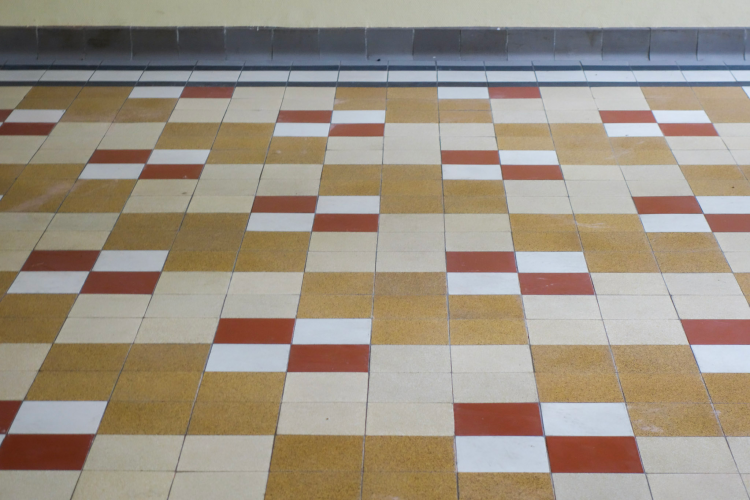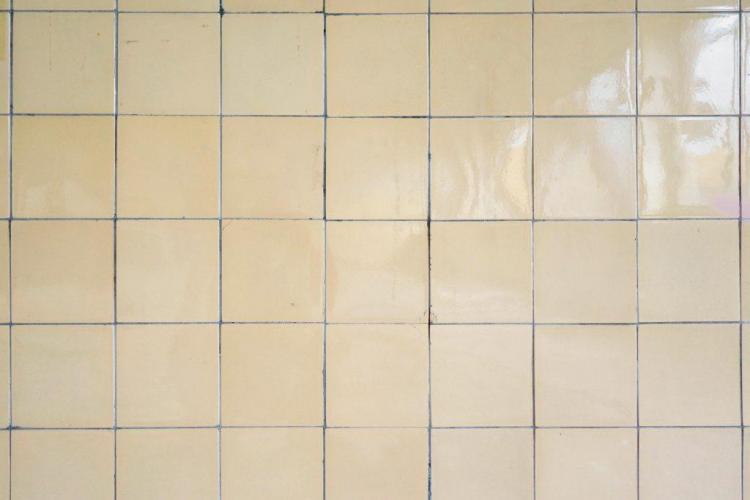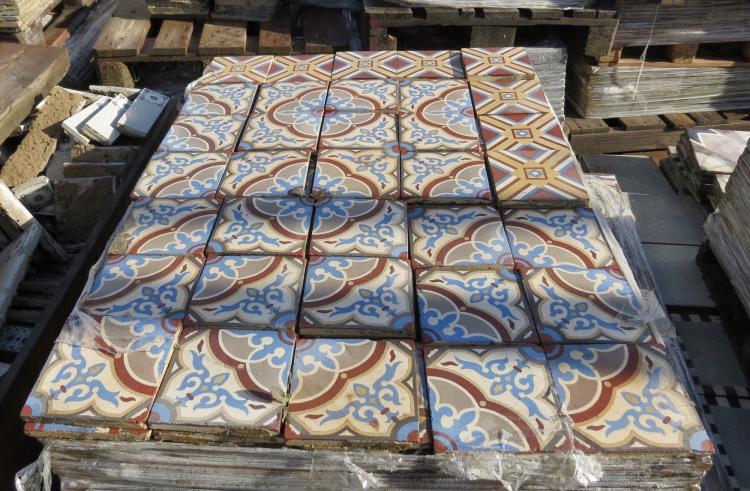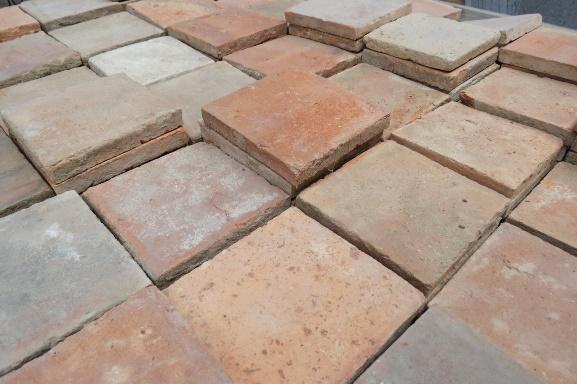Tiles
Floor tiles are common on the reclamation market. Different sorts of tiles are available: in terra cotta, ceramic or cement. Depending on the types, periods and regions, their appearance can vary greatly, from the most sophisticated drawings to plain colours. Because of this, reclaimed floor tiles offer a wide range of opportunities when determining the atmosphere of a room or a building.













